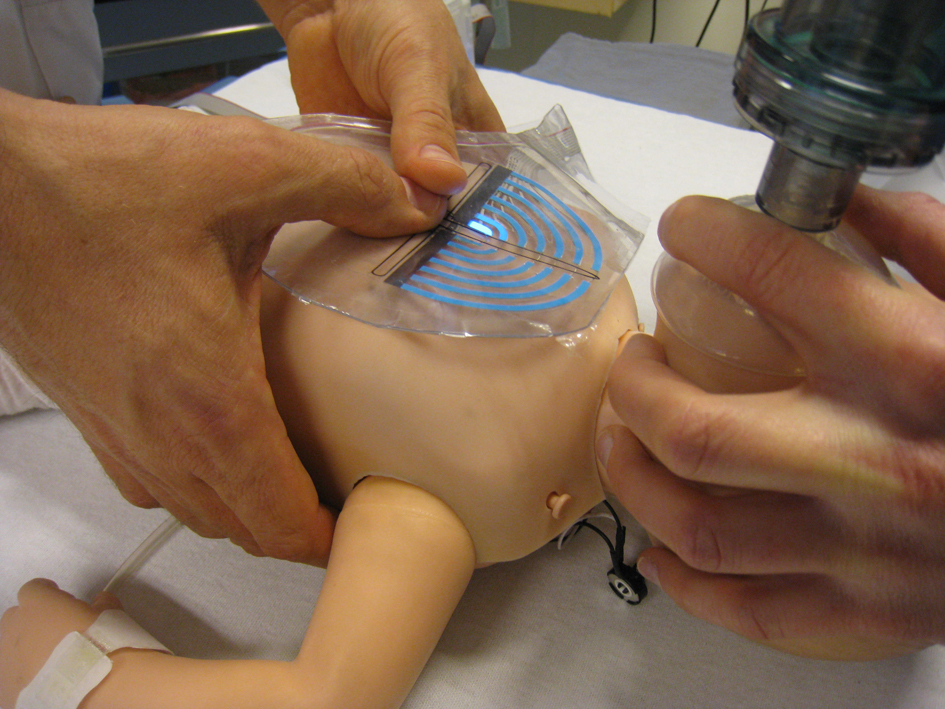
Figure 1. Design of the visual actuator. A force sensitive resistor is integrated as a pressure sensor in the foil at the intersection of marking of sternum and inter nipple line. The visual indicator consists of an embedded set of six parallel semi-annular electroluminescent strips that light up with increasing pressure.